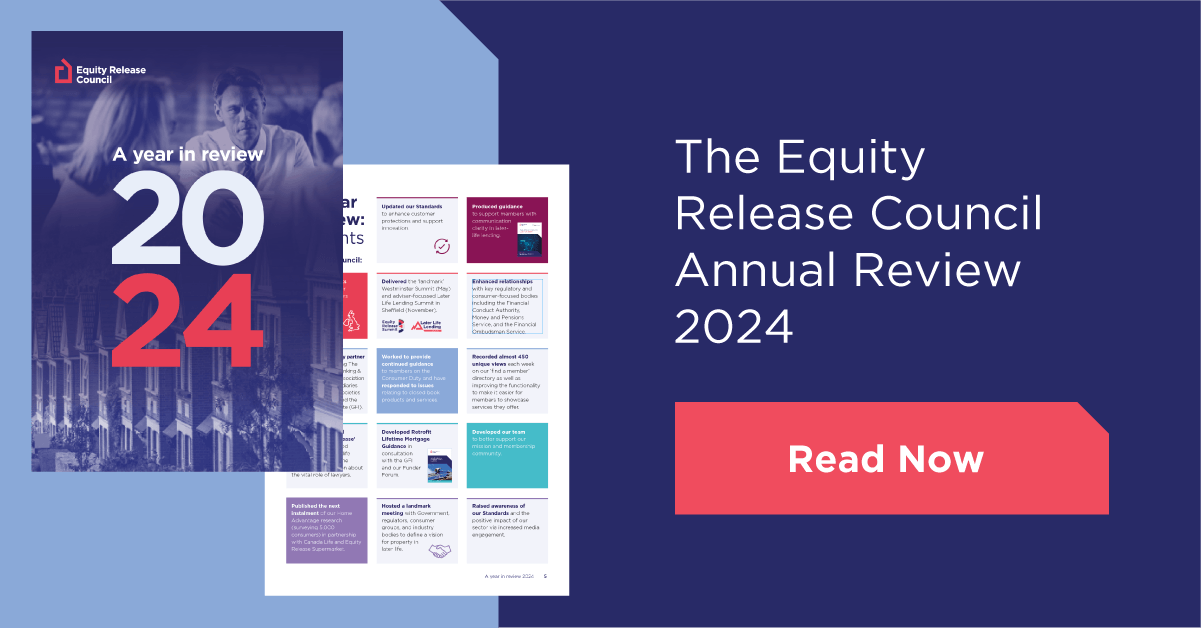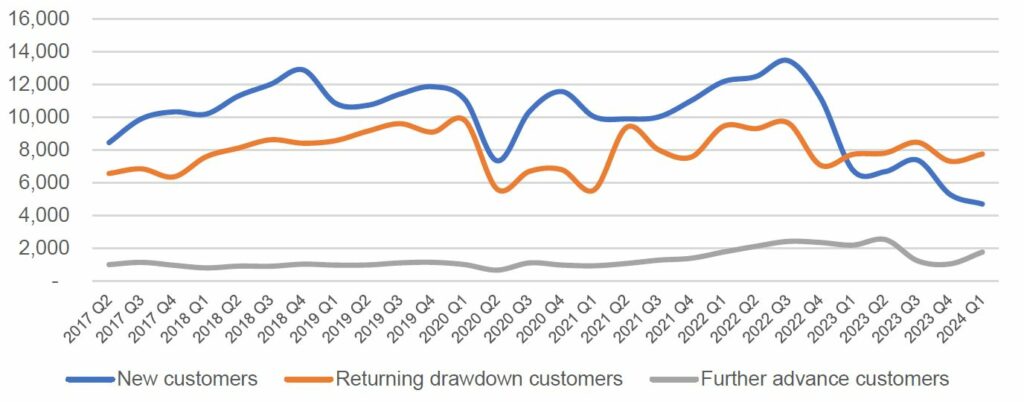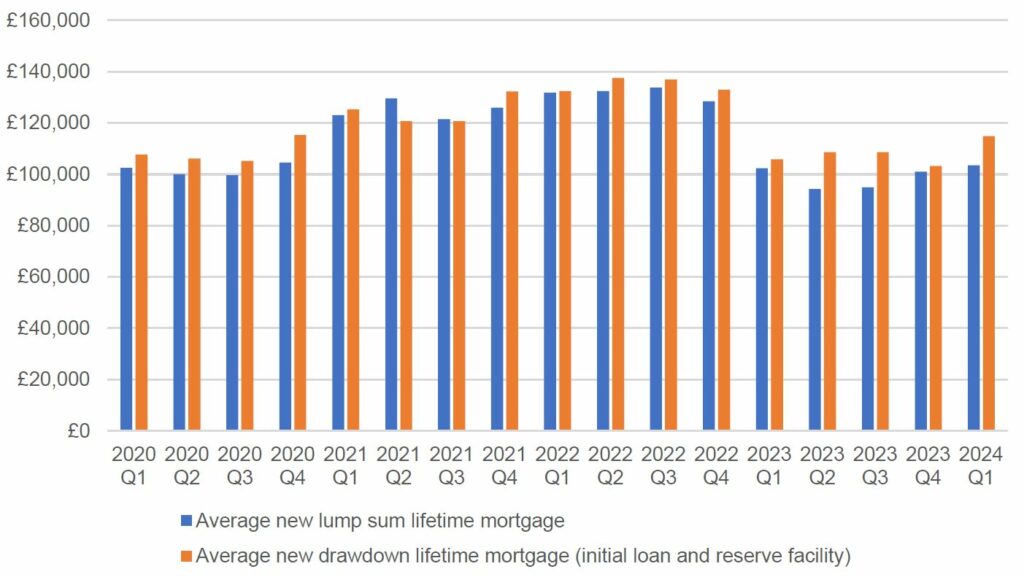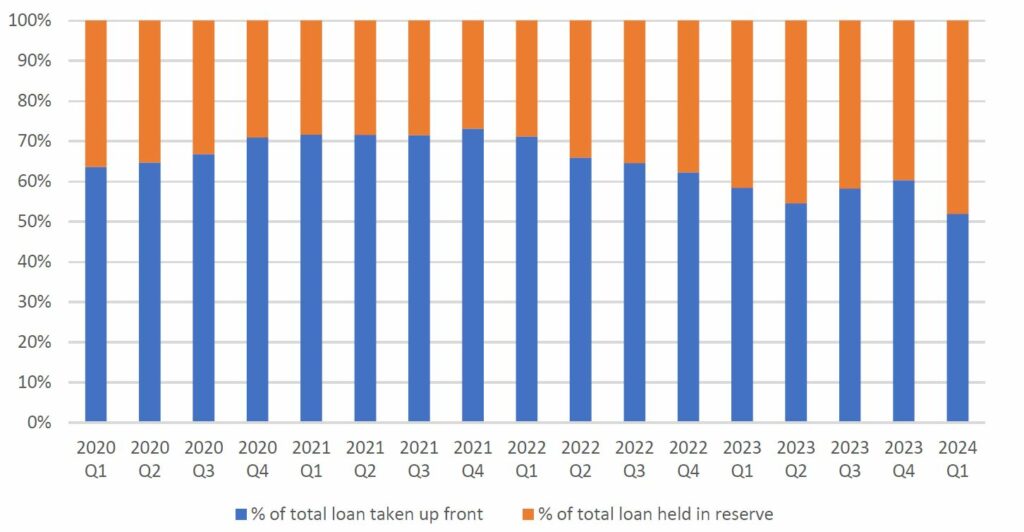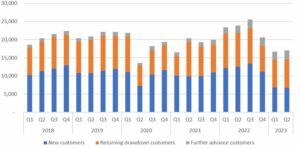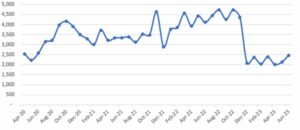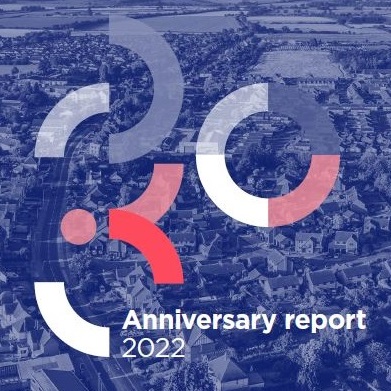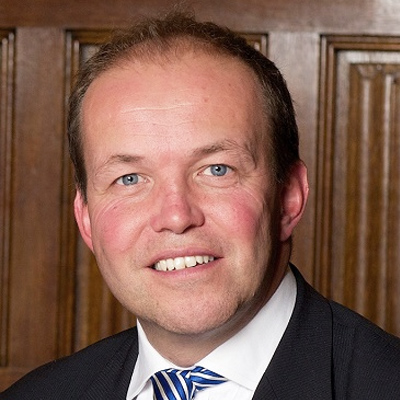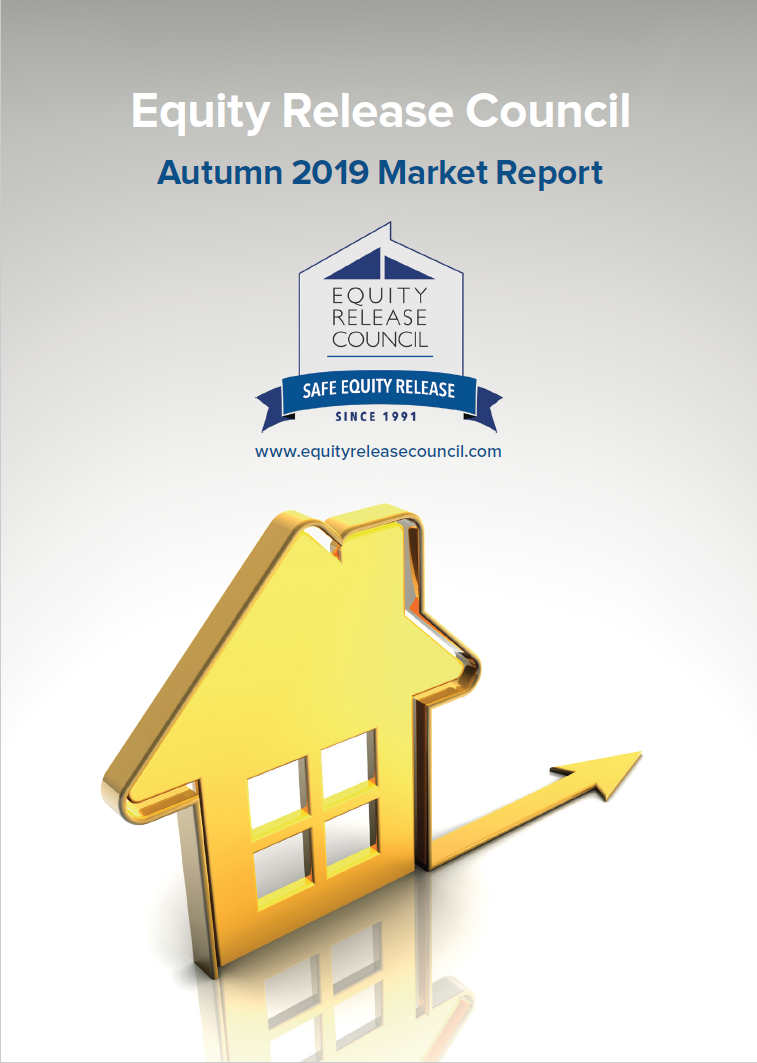To visit the Home Advantage hub and read more reports from the study click here
- 62% of UK homeowners over 55 would use price comparison websites to research different financial products, with 63% agreeing they provide helpful information
- 42% of female homeowners over 55 would make price comparison websites their first port of call during research vs 39% of men
- Older homeowners are more likely to find price comparison websites easy to use (64% vs. 62%)
- Consumer websites are more popular amongst homeowners over 55 than speaking with a bank or building society when researching financial products (36% vs 35%)
Almost two thirds of (62%) UK homeowners aged 55* and over would look to price comparison websites (PCWs) to compare different financial products, according to new research from the Equity Release Council (the Council) and Equity Release Supermarket on the role of technology in supporting the customer journey.
The Council’s bi-annual Home Advantage study of money matters among 5,000 UK adults shows growing confusion among homeowners about the financial options available to them in later life.
A third of homeowners over 55 (33%) say they are confused about their options in later life, a slight improvement from 2021 when 34% said the same. Yet, new data reveals female homeowners over 55 feel more confused about what mortgages are available to them than their male counterparts (37% vs 28%). Moreover, female homeowners over the age of 55 feel less confident about their retirement finances than male homeowners of the same age (50% vs 66%), yet women are also less likely to use PCW’s when researching financial products (25% vs 28%).
However, homeowners aged between 55-64 specifically are more likely to find PCWs easy to use (65% vs. 62%) and are also more trusting of PCWs than across all other age groups (52% vs. 51%).
PCWs currently rank among the four most popular sources of information relied on by older homeowners. When asked what sources of information they favour when researching different financial products, over 55 homeowners prioritised using consumer websites (36%), speaking to their bank or building society (35%), speaking to a financial adviser (30%) or using a PCW (27%).
Amidst these challenging economic times and against the backdrop of an evolving later life lending market offering an increasing variety of products, consumers have a growing desire to take control and have greater awareness of financial products available to them with 61% of all UK homeowners – equivalent to 18.7 million people**- interested in releasing money from their property in later life to satisfy financial needs.
In addition, with more ‘ultra-long mortgages’ running beyond the average state pension age, the research reveals the prominent role property plays in supporting a comfortable retirement evidenced by the large number of homeowners over 55 believing a mortgage in later life is becoming more ‘common’ and ‘acceptable’ (44% respectively).
Jim Boyd, CEO of the Equity Release Council, comments:
“While it might be cliched to talk about silver surfers, over-55 homeowners see consumer websites as their first port of call when researching financial information and are more comfortable than some other age groups when using price comparison websites. That said, they are still likely to rely on the human touch citing their bank or building society and their financial adviser as popular sources of information.
“With increasing numbers of homeowners admitting that they are confused about their later life options, it is vitally important that they not only undertake as much research as possible from reputable websites but also speak to experts. The real value of expert financial advice is helping customers to make sense of all their options, consider the implications and answer some of the many questions that conflicting information sources can raise.
“Alongside qualified advice, it is essential we get ahead of future demand by harnessing technology to ensure consumers can find the information they need to make informed choices. Without the right prompts in place, people may never get to the stage of sitting down with an adviser, which is why later life options need the same online visibility associated with other everyday financial products to help more people see their potential.”
Mark Gregory, Founder and CEO of Equity Release Supermarket, comments:
“Until now, researching later life options online proved difficult given the lack of information and choice across the market, leaving consumers feeling confused by their options.
“However, with tools and live calculators consumers have a vast amount of real-time and accurate information at their fingertips to personalise their requirements before engaging with a financial adviser.
“The study also revealed that those aged 55 and above are much more tech savvy than most realise, relying on online financial research and comparison tools. Hence, there is an upsurge in the demand and reliance on platforms such as smartER™.”
Lifetime mortgages, the most common form of equity release, are typically loans for people over 55 that are usually repaid when the customer dies or goes into long-term care.
The Equity Release Council is the representative trade body for the UK equity release sector. It sets industry standards and safeguards, such as a no negative equity guarantee and the right to penalty-free repayments, enabling customers to manage their loans.
ENDS
Notes to Editors
All findings come from independent research carried out by Censuswide among 5,000 nationally representative UK adults aged 18+ in June 2021 and November 2023. Combined with analysis of government, regulatory and industry data, Home Advantage represents the Council’s biggest study to date of consumer attitudes and behaviours in relation to their personal finances and property wealth. The 2023 edition of the research is supported by Canada Life and Equity Release Supermarket.
*‘homeowners over 55’ refers to homeowners aged 55+.
**Population data published by the ONS reveals that there are 55,190,347 adults aged 16+ in the UK. Our survey found that 55.63% are homeowners (30,702,390) and 61% of homeowners are interested in unlocking property wealth which equates to 18,728,458 (18.7m). https://www.ons.gov.uk/peoplepopulationandcommunity/populationandmigration/populationestimates/datasets/populationestimatesforukenglandandwalesscotlandandnorthernireland
About the Equity Release Council
The Equity Release Council (the Council) is the representative trade body for the UK equity release sector with more than 750 member firms and 1,800 individuals registered, including providers, funders, regulated financial advisers, solicitors, surveyors and other professionals.
It leads a consumer-focused UK based equity release market by setting authoritative standards and safeguards for the trusted provision of advice and products. Since 1991, more than 650,000 homeowners have accessed £46bn of property wealth via Council members to support their finances.
The Council also works with government, voluntary and public sectors, and regulatory, consumer and professional bodies to inform and influence debate about the use of housing wealth in later life and retirement planning.
About Equity Release Supermarket
Equity Release Supermarket is the independent advisory arm of Equity Release Group, founded by Mark Gregory to make equity release work for everyone.
With a focus on advice and education, Equity Release Supermarket has grown to become the UK’s No.1 independent equity release advisory service. Combining market leading technology with the highest quality, award-winning financial advice has been central to its continued success for over a decade.
The firm have a 100% Trusted Merchant Status from independent review service Feefo and are regulated directly by the Financial Conduct Authority (FCA) No. 584063. They are also members of the Equity Release Council, who set the standards for the industry.
For more information, please visit: https://www.equityreleasesupermarket.com
For more information about equity release comparison tool, smartER, please visit: https://www.equityreleasesupermarket.com/smarter-equity-release-search
For more information:
Visit www.equityreleasecouncil.com
Email Instinctif Partners at [email protected]
Phone Georgia Turton, Isaac Seiger and Libby Wallis on +44 (0) 207 457 2020

